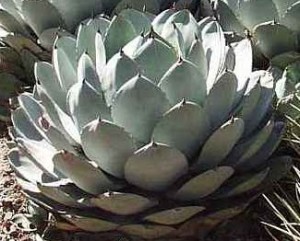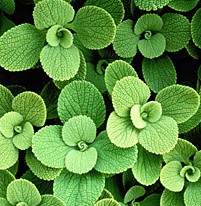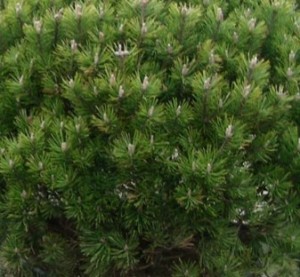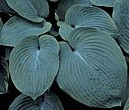
Take a look at this sampling of foliage and notice how the greens vary. Names given to greens include yellow-green, blue-green, chartreuse, lime, sage, emerald, teal, hunter, dark green, moss green, apple green, fern green, and more. Take a look at the greens in a jumbo set of crayons to get a feel for the names and the colors that go with them. Here’s a sampling of foliage of different color greens.
 Sage (Salvia officinalis ‘Berggarten’)
Sage (Salvia officinalis ‘Berggarten’)
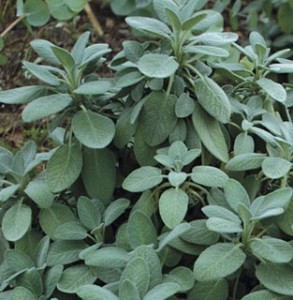
 Mexican Feather Grass (Stipa tenuissima)
Mexican Feather Grass (Stipa tenuissima)
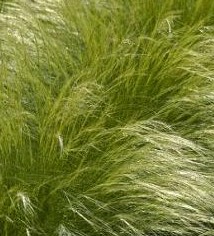
 Golden Hops (Humulus lupulus ‘Aureus’)
Golden Hops (Humulus lupulus ‘Aureus’)
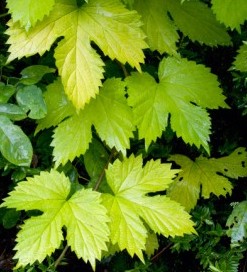
 Sumac (Rhus typhina ‘Bailtiger’)
Sumac (Rhus typhina ‘Bailtiger’)
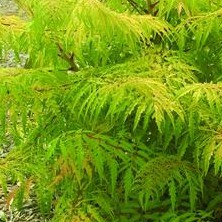
 European Wild Ginger (Asarum europaeum)
European Wild Ginger (Asarum europaeum)
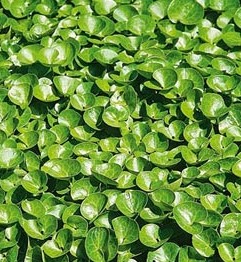
 Arbrovitae (Thuja occidentalis ‘Smaragd’)
Arbrovitae (Thuja occidentalis ‘Smaragd’)
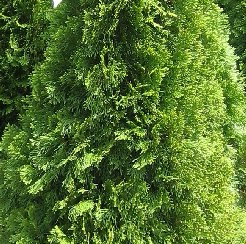
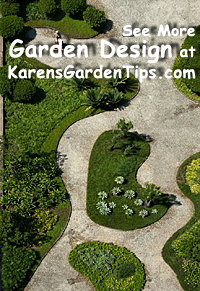 The greens of these plants are ever changing throughout the growing season and you have to consider the color of the new growth as well as the color throughout the summer when the sun may change it considerable. Cool temperatures in the fall may bring another set of changes. Notice, too, how texture influences the overall appearance of the green. Leaves the same color look very different if one is fine textured and the other is coarse. Likewise, a shiny leaf looks very different from one with a matte finish. All of these changes have to be considered when making a selection of plants for the garden.
The greens of these plants are ever changing throughout the growing season and you have to consider the color of the new growth as well as the color throughout the summer when the sun may change it considerable. Cool temperatures in the fall may bring another set of changes. Notice, too, how texture influences the overall appearance of the green. Leaves the same color look very different if one is fine textured and the other is coarse. Likewise, a shiny leaf looks very different from one with a matte finish. All of these changes have to be considered when making a selection of plants for the garden.
